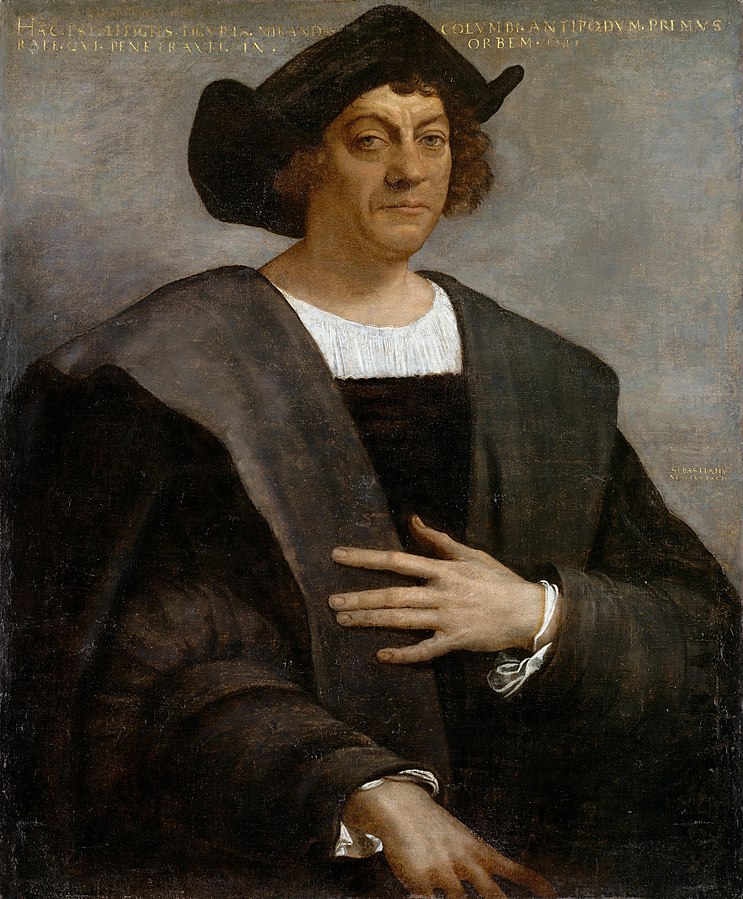The Bahamas
Grades 5+
(1) Powered by unreliable winds, the Nina, Pinta, and Santa Maria have followed a route mapped out in the stars. Sailing for weeks, they have endured raging seas and the fear of the unknown.
(2) One day, when the waters have grown still and the sun is high in the sky, the sailors see a flock of birds. Thinking land nearby, the captain of the Santa Maria, Christopher Columbus, orders the ships to sail all night.
(3) The next day is It is October 12, 1492. At dawn, a sailor high up on a mast sees land. Columbus writes that he himself saw the land first – from the window of his cabin – so he can have the prize the Spanish king and queen have promised to the first person to see the fabled lands to the west.
(4) Overjoyed, the crewmen make landfall later that day. and they are on one of the islands in the Bahamas. The crewmen are met with peoples we now know were the Taino, a peaceful Indian tribe. Columbus write in his ship’s log that the people came naked to the shore. Seeing the men from the ship, the islanders hurried back to their village to clothe themselves. Their “clothing” consisted of a belt of shells around their waists.
(5) Columbus learns that the Taino are often preyed upon by a warlike people, the Caribs, for whom the Caribbean Sea will later be named. The Taino tell Columbus the Caribs often come to steal women and sometimes to cannibalize people.
(6) It is amazing that the ships have arrived in what we now call the New World – North and South America. Only luck kept the ships away from a hurricane, and luck again kept them from being becalmed in the Sargasso Sea, an area between the Atlantic Ocean’s two main currents. It is even luckier that the New World is where it is, for Columbus made major errors in his math before starting the voyage. He underestimated the distance from Europe to Asia by over 7,500 miles!
Individual or Small-Group Activity
- How do we define “Old variable”?
- How do we define “New variable.”
- This essay consists of an Old section and a New section. What paragraphs make up the Old section? What paragraphs make up the New section?
a. Old: 1. New: 2-6.
b. Old: 1-2. New: 3-6
c. Old: 1-3. New: 4-6.
d. Old: 1-4. New: 5-6
e. Old: 1-5. New: 6.